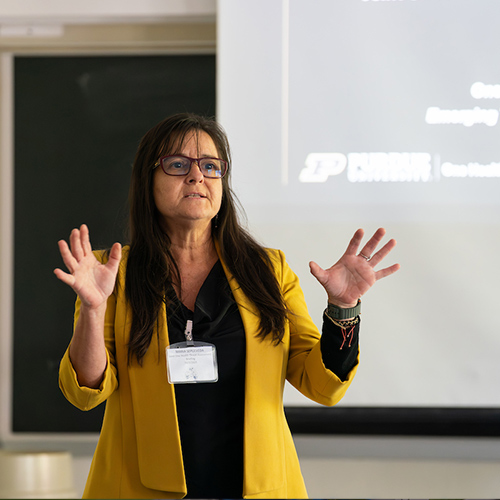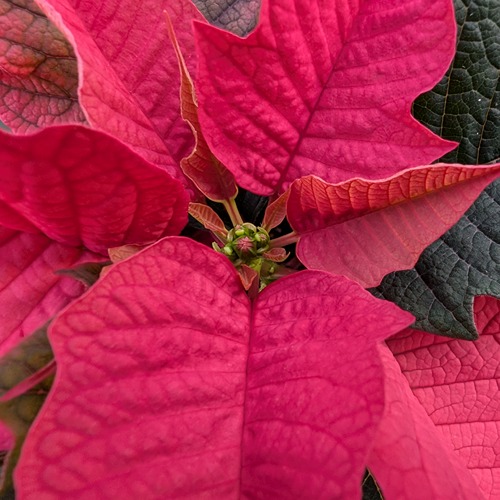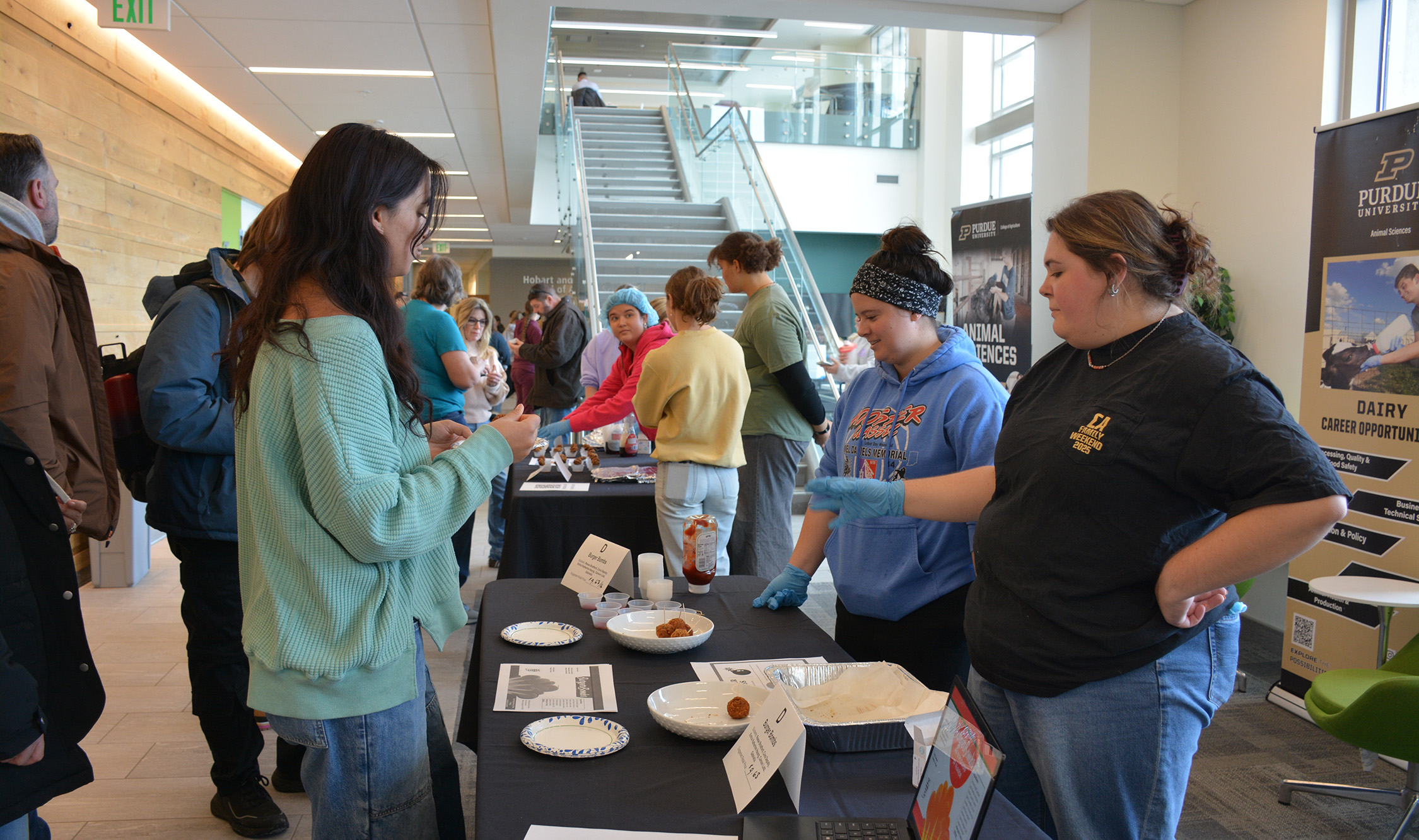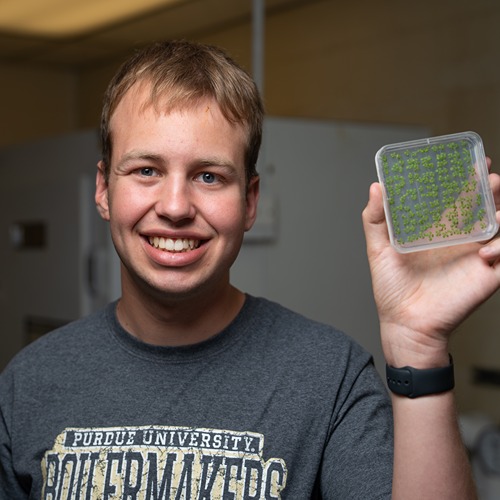2020 grain dust explosions result in zero fatalities
Kingsly Ambrose, Purdue University associate professor of agricultural and biological engineering, recently released the 2020 annual grain dust explosions report that catalogues the number of deaths and injuries nationwide.
Grain dust is a highly combustible substance and often airborne in handling and processing facilities. Explosions occur when there is a source of ignition, often from small, unintentional sparks within the facility.
According to the report, there were eight-grain dust explosions in 2020, resulting in zero fatalities and nine injuries. The 10-year average for injuries is 8.1; it is 1.7 for fatalities. The grain types identified in the explosions included two cases of corn, two wheat, two mixed feed, one rice and one dietary fiber. Dust explosions occurred in eight different states, one each in Kansas, Iowa, Illinois, Ohio, Texas, Nebraska, Missouri and Arkansas. Four of these explosions occurred in a grain elevator, and the remaining four in a feed mill, corn mill, rice mill and grain processor for dietary fiber.
Ambrose explained the importance of compiling these reports each year.
“Most companies use this information for training their employees,” Ambrose said. “Regulatory authorities also use incident reports for their training purposes. It helps with creating or spreading awareness on dust explosions and their causes.”





